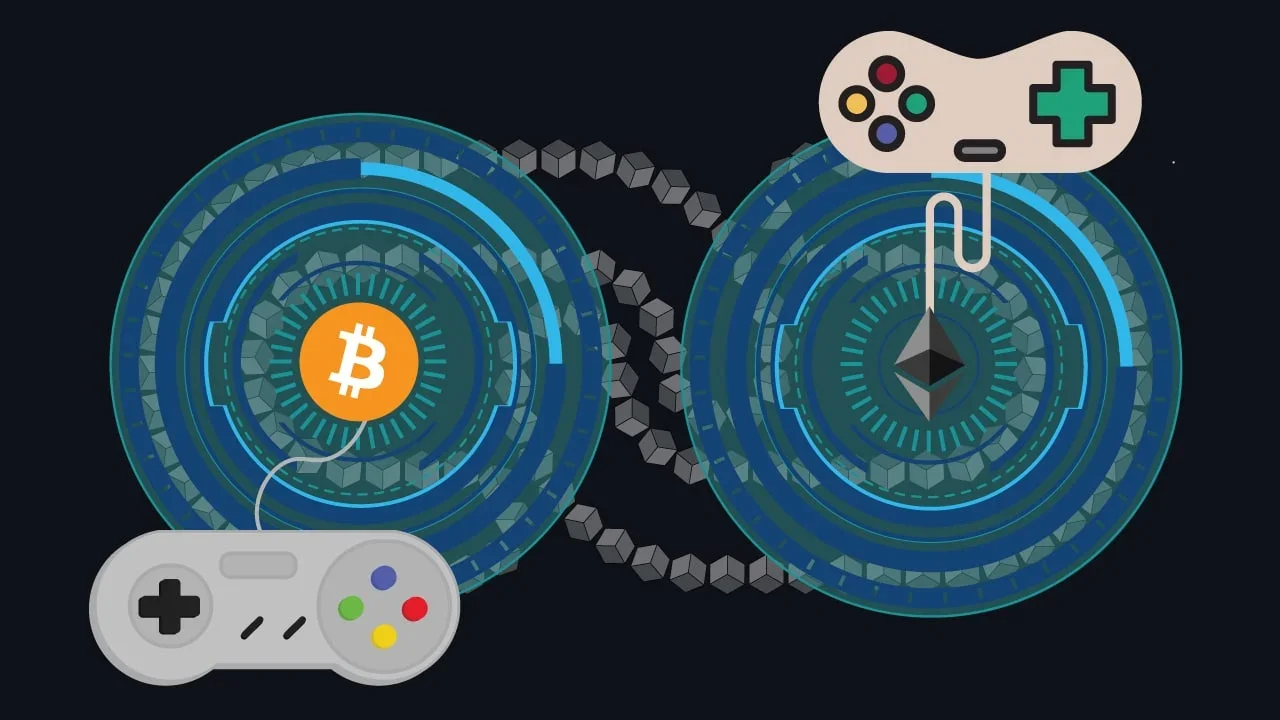
If you have been paying careful attention to the most recent developments in the cryptocurrency world for some time, you must be familiar with this phrase. If not, then allow us to describe GameFi for you before listing the Top 5 GameFi projects in 2022 that are deserving of the hype and likely to pay off handsomely for investors and players.
Millions of users have joined the GameFi universe during the last few years. This is significant because the sector was basically nonexistent prior to 2015.
The simplicity of dealing with digital assets is one of them. According to recent industry research by CoinMarketCap, around 75% of gamers are open to exchanging their in-game items for money. One of the key factors making GameFi so appealing to players is this benefit.
The reduced transaction fees are another benefit that many GameFi users like. Fund transactions are typically quick and cheap because cryptocurrencies are used so frequently in GameFi settings.
In 2021, Axie Infinity began a parabolic run for the GameFi market. This fascinating GameFi initiative demonstrated the promise and potential of the play-to-earn idea. Axie Infinity’s daily revenue averaged over $30 million for a brief time in the previous year.
The majority of gamers were enticed to give Axie Infinity a try by its straightforward but thrilling game features, which involved users minting distinctive valued NFTs, joining teams, and trying to win battles to gain money.
Additionally, it enabled the staking of the governance token $AXS, which allowed users to earn passive income.
The Sandbox is both a GameFi project and a metaverse, despite the fact that you may not realize that. It is founded on the premise that every player can contribute to the gaming world and is the successor to an old mobile game of the same name. It is dubbed The Sandbox for this reason.
Users of the Sandbox can create their own objects and then animate them as NFTs to use them as game elements. Builders employ Voxels, or 3D pixels, in a simple editor that does not require any coding knowledge to create anything from flying buses to dragons and forests. These goods can then be used to create a standalone game experience on a digital piece of real estate, sell them on The Sandbox’s marketplace, or both.
The main in-game money SAND, which can be utilized to buy goods and characters, buy virtual land (maximum at 166,464 lots), and take part in platform governance, powers the Sandbox ecosystem, which uses a variety of Ethereum token kinds. The token can be staked to provide passive revenue as well.
One of the most comprehensive p2e games in the whole GameFi ecosystem is DeFi Kingdoms.
The project has developed original gameplay combined with DeFi features that may outperform other play-to-earn games.
Fans of DeFi Kingdoms have a unique value proposition in that they can level up their non-fungible tokens (NFTs) or characters in-game by taking part in daily tasks, which will increase their payouts over time.
In order to earn passive benefits, players can also mine the game’s native coin, $JEWEL, for liquidity.
Illuvium is one of the most eagerly awaited blockchain games in the gaming world. It is claimed as the first game to ever offer gameplay that is comparable to a AAA game. Illuvium’s open world was created with Unreal Engine 4.
Additionally, Illuvium is developing a version of the original game called Zero. Comparable to how The Sandbox converts virtual assets into NFTs, it will be utilized to create virtual assets within the metaverse. To raise the value of their virtual lands on the secondary market, players can fill them and add more resources. Players will use IlluviDex, an NFT marketplace of Illuvium, to trade in-game items including armor, skins, and weapons.
The NFT-based collectible card game Splinterlands runs on the HIVE blockchain and is cross-chain compatible with TRON, WAX, and Ethereum. Each card symbolizes a distinct NFT that the owner may utilize in conflict, commerce, or rental. Additionally, cards can be combined to level up or burned to obtain Dark Energy Crystals, the game’s native token, which can then be used to purchase goods from the shop.
It is not FUD-free. SPS, the token for Splinterland, reached a high of $1.12 in August 2021 and hasn’t risen beyond $0.20 since January. Nevertheless, the game continues to attract a steady monthly user base of about 500 000 players, indicating that the surrounding community may prove resilient enough to weather the storms GameFi is currently experiencing.
GameFi is a complex field, much like anything else in crypto. The Ethereum, BSC, Polygon, and Solana blockchains, among others, can host GameFi projects. On DappRadar, there were more over 1,600 GameFi entries as of May 2022. Contact us to learn more about GameFi system and development.
Increased acceptance and knowledge sharing have aided the spontaneous growth of cryptocurrency over the last…
Blockchain can be intimidating to research, but attending cryptocurrency events is one of the best…
Blockchain has made inroads into all major industries and is also becoming a part of…
In recent years, blockchain lending solutions have grown in popularity as a way to earn…
The scalability trilemma is still one of the blockchain's most pressing issues. Here are some…
Many people are looking for ways to get involved in the crypto world as the…